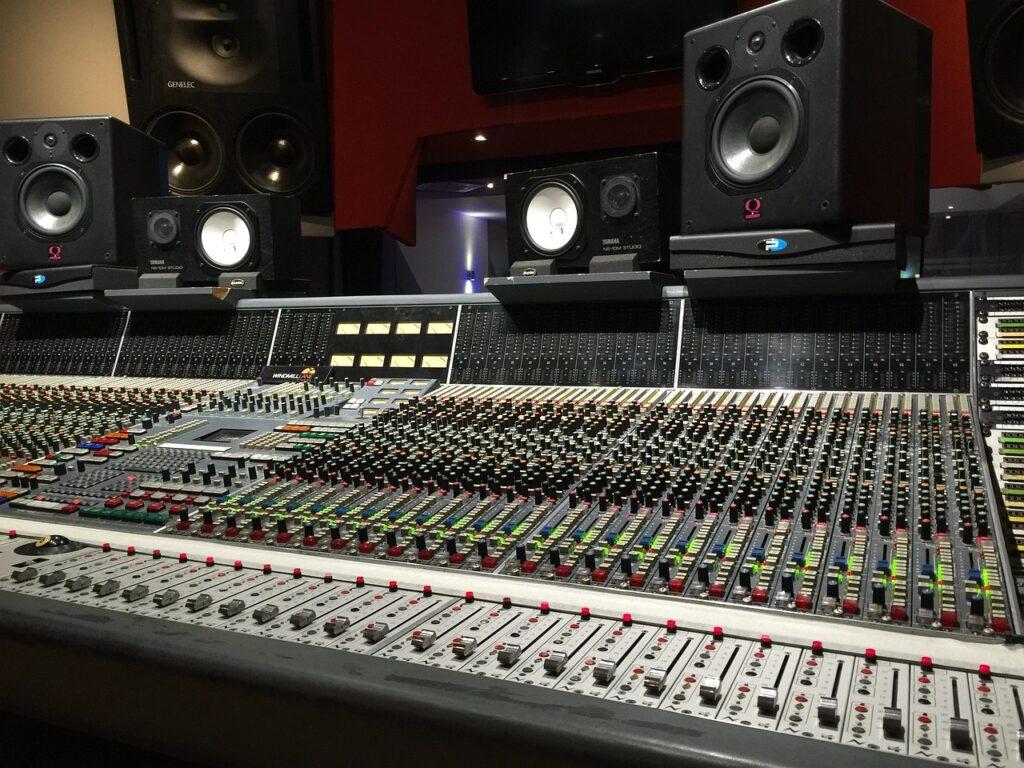“I have a hard time hitting my notes. Can I use the piano to learn singing?” That depends. For some things, the piano will be a real asset for learning to sing. However, for others, the piano creates more problems than it solves. Click to answer the question, “Can I learn singing on the piano?” Estimated reading time 3 minutes.
Read More

